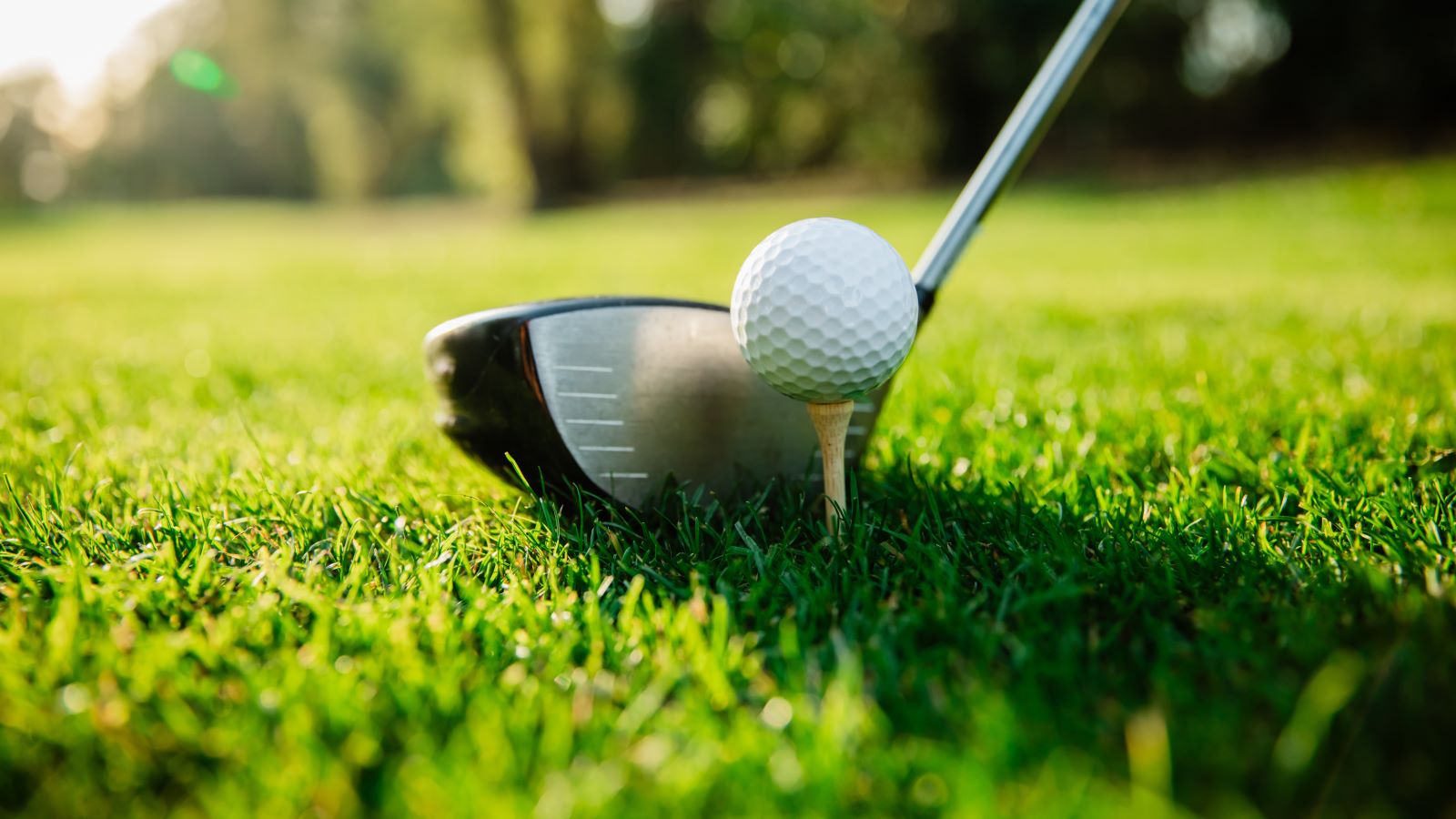<< Back
4 Common Golf Injuries and How to Avoid Them

July 24, 2024
If your summer plans include golf and more golf, you’re not alone – the sport’s popularity has been on the rise. Now, as many as one in every seven Americans plays the sport.
“Golf is fun. It gets people outside and you can play solo, with a partner, friends or family members while exercising at the same time,” says Jane Kircaldie, PT, a physical therapist with Hartford Healthcare Rehabilitation Network.
But is injury prevention on your radar? Like any sport, golf can lead to its fair share of aches and pains.
We asked Kircaldie about the most common types of golf injuries and how to prevent them.
1. Low back strain.
Your back takes the brunt of your golf swing.
When you’re driving, your back muscles help power the rotation. Even when putting, your back supports the weight of your upper trunk and arms.
“While any golfer can experience some back soreness, we see more low back injuries in the senior population,” explains Kircaldie. “Strengthening your core muscles can help give you that extra spine stability you need.”
> Related: 3 Exercises for Hip Health in Golfers
2. Shoulder strain.
Your golf swing can test your shoulders’ mobility, especially if you’re playing extra rounds.
“Golf swings can strain or tear the rotator cuff muscles, especially if repetitive hard swings aggravate an existing injury,” explains Kircaldie.
As good prevention, strengthen your rotator cuff and shoulder blade muscles.
3. Medial elbow pain.
While not limited to golfers, avid players are may be more likely to get golfer’s elbow.
“We tend to see more of this overuse injury in the middle-aged demographic,” says Kircaldie.
Gentle stretching can help prevent medial elbow pain. Bracing might also be effective if you need some extra support.
4. Wrist pain.
If you’re an avid golfer, you may have inflammation or small tears in a tendon (tendinopathy) that causes wrist pain.
Kircaldie recommends gently warming up your wrists and fingers before playing golf.
It’s easy to do:
- Fan open your fingers.
- Stretch your wrists forward and back.
- Perform some wrist circles.
- Repeat these stretches throughout the day.
“Don’t forget to take frequent breaks from golf (or any activity) that requires repetitive wrist and finger motions,” she adds.
Simple strategies to improve your score.
Plan for success before you load up your clubs.
Kircaldie offers these quick tips to prevent golf injuries:
- Stay hydrated by drinking plenty of water before, during and after your round.
- Arrive early to your tee time to allow for a proper warm-up.
- Engage in other sports or different exercises during the offseason.
- Consult your doctor if you experience localized, consistent pain or if it affects your daily life.
Need some help to get back out there?
“Biomechanics is more important than form,” says Kircaldie.
If you’re unsure where to start with your swing, there’s plenty of help.
“Collaborate with a golf and rehab professional for long-term injury prevention,” Kircaldie adds. “If you love golf, some guidance and prevention will keep you in the game.”